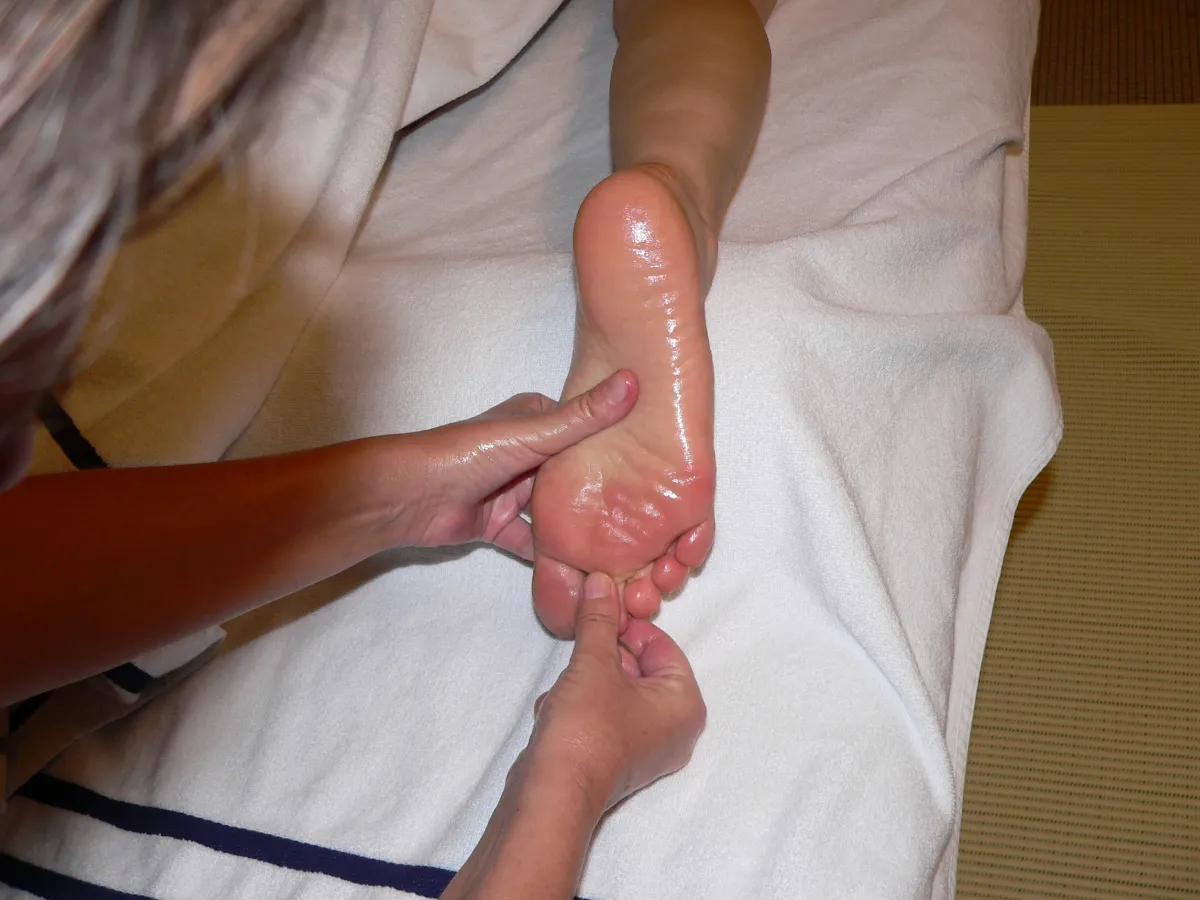Chronic pain affects millions of individuals worldwide, often significantly impacting their quality of life. Unlike acute pain, which arises from a specific injury or illness and typically resolves over time, chronic pain persists for months or even years, often without a clear cause. Many individuals struggling with chronic pain seek relief through medication, but the risks of dependency, side effects, and diminishing effectiveness can make this approach less than ideal. Fortunately, physiotherapy offers a holistic alternative that focuses on addressing the underlying issues contributing to pain, enhancing mobility, and improving overall well-being.
Understanding Chronic Pain
Chronic pain can manifest in various forms, including back pain, arthritis, fibromyalgia, and headaches, among others. It may stem from previous injuries, medical conditions, or even stress and psychological factors. The persistent nature of chronic pain can lead to frustration, anxiety, and depression, creating a vicious cycle that exacerbates the discomfort. Thus, effective management of chronic pain requires a multifaceted approach that targets both physical and emotional components.
The Role of Physiotherapy
Physiotherapy is a healthcare discipline that uses physical methods—such as exercises, manual therapy, and modalities—to promote healing and restore function. Physiotherapists are trained to assess and treat a wide range of conditions, including chronic pain. They develop personalized treatment plans aimed at reducing pain and enhancing the quality of life for their patients. Here are several ways physiotherapy can effectively manage chronic pain without relying on medication:
1. Individualized Assessment and Treatment Plans
A physiotherapist begins the process with a thorough assessment, which includes understanding the patient’s medical history, pain patterns, and physical abilities. This individualized approach allows the physiotherapist to identify the root causes of pain, whether they are muscular imbalances, joint dysfunction, or neurological issues. Based on this assessment, the physiotherapist creates a tailored treatment plan that may include specific exercises, manual therapy, and other modalities.
2. Exercise Therapy
Physical activity is a cornerstone of physiotherapy. Research has shown that regular, guided exercise can alleviate chronic pain by strengthening muscles, improving flexibility, and enhancing overall function. Physiotherapists design exercise programs that are safe and effective, gradually increasing intensity to match the patient’s capabilities. This progressive approach helps patients regain confidence in their bodies and reduce pain over time.
3. Manual Therapy Techniques
Manual therapy involves hands-on techniques such as joint mobilization, soft tissue massage, and manipulation. These methods can relieve pain and improve mobility by reducing muscle tension and increasing blood flow to the affected areas. Physiotherapists may also use techniques like myofascial release to address specific pain points and restore proper movement patterns.
4. Education and Self-Management Strategies
An essential component of managing chronic pain is educating patients about their condition and empowering them to take an active role in their recovery. Physiotherapists teach patients how to manage their pain through self-care techniques, such as posture correction, body mechanics, and ergonomic adjustments. Additionally, they may introduce relaxation techniques or mindfulness practices to help manage stress, which can exacerbate pain symptoms.
5. Pain Modulation Techniques
Physiotherapists can employ various modalities to help modulate pain, including heat therapy, cold therapy, ultrasound, and electrical stimulation. These techniques can provide temporary pain relief and promote healing by improving circulation and reducing inflammation. While they may not eliminate pain entirely, they can enhance the effectiveness of other therapeutic interventions.
Conclusion
Using physiotherapy to manage chronic pain without medication is a holistic approach that addresses the multifaceted nature of pain. By focusing on individualized assessment, tailored exercise programs, manual therapy, education, and pain modulation techniques, physiotherapy empowers patients to reclaim control over their bodies and lives. With the guidance of a skilled physiotherapist, individuals can find effective, sustainable relief from chronic pain, paving the way for a more active, fulfilling life.

0 Comments